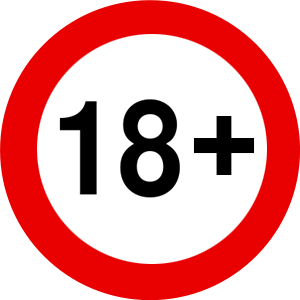You must be 18+ to visit this website
The content on this website is AGE RESTRICTED

Please confirm you are at least 18 years old of age. Otherwise leave the website.

18+
vixel
is creating furry games and artsy silliness! :}
Creator Stats
107 posts
Goals
$0.00 of $450
per month
I'll make a poll and do a 2D animation every month on whatever topic has the most votes! ^.^
$0.00 of $900
per month
I'll make a poll and program a standalone minigame every quarter (i.e. every three months) on whatever topic has the most votes! ^.^
Other Creators




Starcling, LLC, 30 N Gould St, Ste 5085, Sheridan, WY, 82801, US
All copyrights belong to their respective owners. Images and text owned by other copyright holders are used here under the guidelines of the Fair Use provisions of United States Copyright Law.
© 2025 SubscribeStar.adult.
All copyrights belong to their respective owners. Images and text owned by other copyright holders are used here under the guidelines of the Fair Use provisions of United States Copyright Law.
© 2025 SubscribeStar.adult.
WE USE COOKIES
SubscribeStar and its trusted third parties collect browsing information as specified in the Privacy Policy and use cookies or similar technologies for analysis and technical purposes and, with your consent, for functionality, experience, and measurement as specified in the Cookies Policy.
